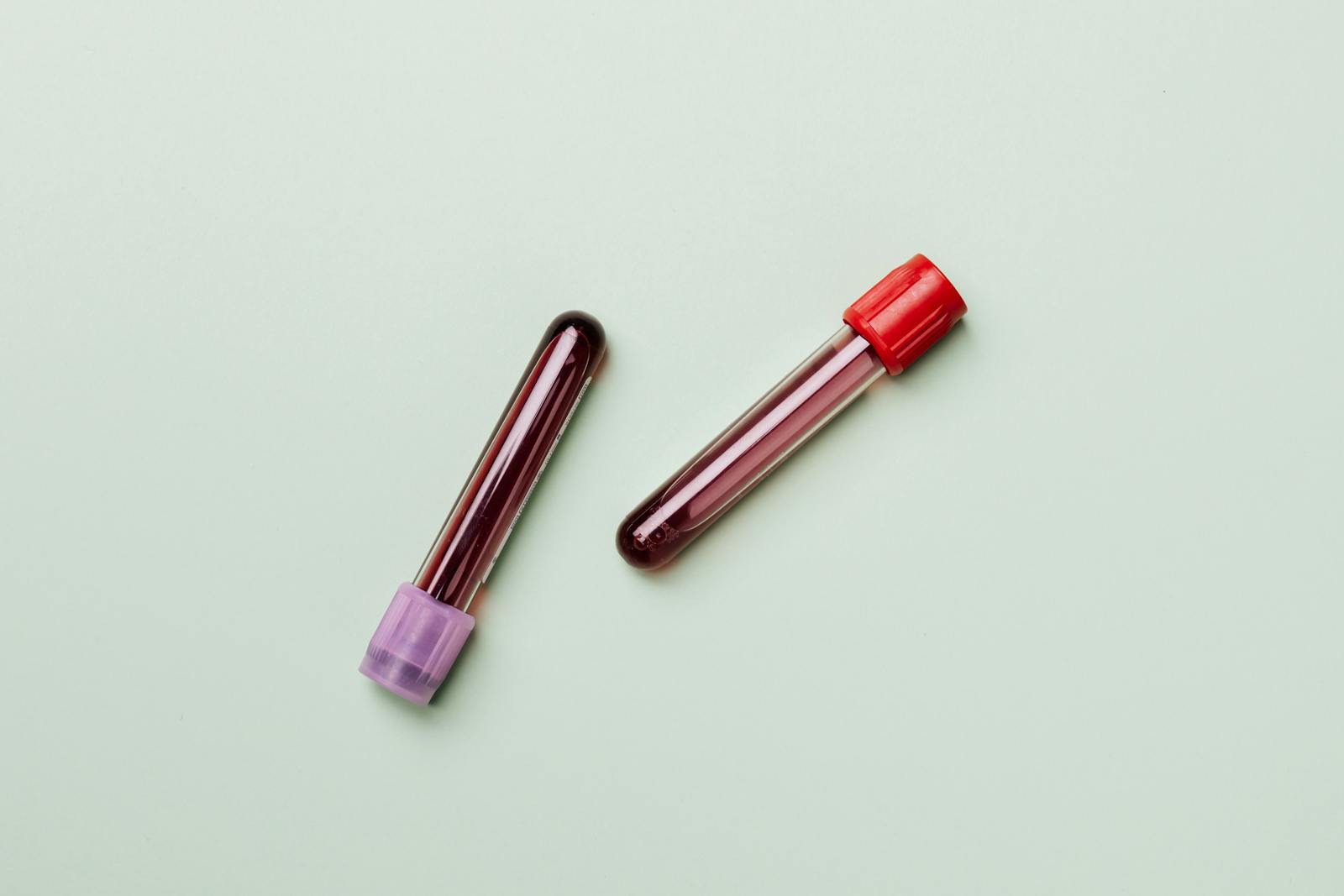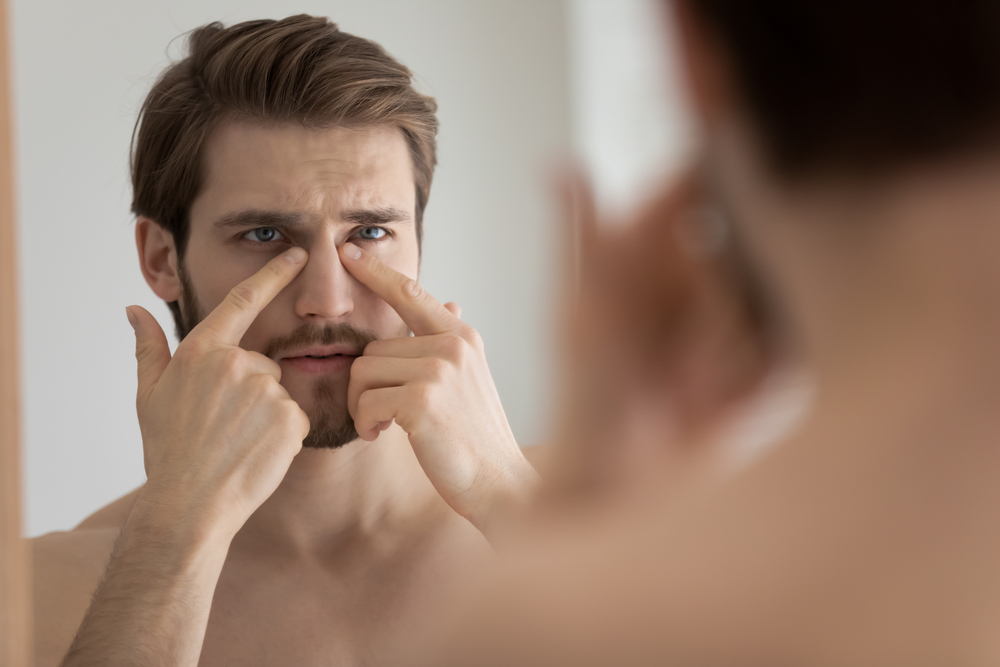Heel pain is a common and debilitating condition that significantly impacts daily activities. It often results from conditions such as plantar fasciitis, achilles tendonitis, or heel spurs. In recent years, laser therapy has emerged as an innovative and effective treatment option for those suffering from heel pain. This non-invasive procedure leverages the power of concentrated light energy to reduce pain and inflammation, promoting faster healing of the affected tissues.
Laser therapy for heel pain typically involves the use of low-level laser therapy (LLLT) or high-intensity laser therapy (HILT). Low-level laser therapy utilises a specific wavelength of light to penetrate deeply into the tissues, stimulating cellular activity and enhancing the body’s natural healing processes. This type of laser therapy is often referred to as cold laser therapy because it does not produce heat, making it a comfortable option for patients. High-intensity laser therapy, on the other hand, delivers a higher power output that can achieve quicker and more pronounced results, although it might generate a slight warming sensation during the treatment.
The procedure is straightforward and usually performed in a clinical setting by a qualified healthcare professional. During a session, the practitioner will direct the laser device at various points around the heel and the surrounding areas, depending on the specific condition and location of the pain. Each session typically lasts between 10 to 20 minutes, with the number of treatments varying based on the severity and chronicity of the heel pain. Patients often report a reduction in pain after just a few sessions, although a full course of treatment may be necessary to achieve optimal results.
One of the primary benefits of laser therapy is its ability to target the root cause of heel pain without the need for medication or invasive procedures. This reduces the risk of potential side effects and complications associated with drugs and surgeries. Moreover, laser therapy has minimal downtime, allowing patients to resume their normal activities shortly after each session. This makes it an attractive option for athletes and active individuals who cannot afford prolonged periods of immobility.
In conclusion, laser therapy represents a promising advancement in the treatment of heel pain, offering a non-invasive, effective, and convenient solution for those suffering from this debilitating condition. As research continues to evolve, it is likely that laser therapy will become an increasingly integral part of pain management and rehabilitation protocols, helping countless individuals reclaim their mobility and quality of life.













